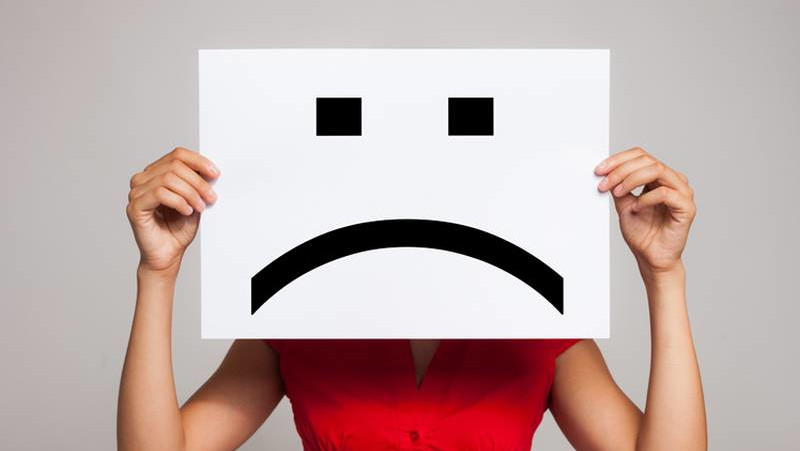
We’ve seen plenty of hotels tracking their efforts to bring bookings back to direct. But just tracking, for example, the percentage split between direct and OTA guests fails to tell the whole story – and to drive the right actions. After all, the greatest thing about direct bookers is not only do they cost less to acquire, but they also tend to spend more and be happier guests.
NB: This is an article from TripTease
That’s why we think you should be tracking your DiBPAR.
DiBPAR:
Room revenue for direct bookings minus cost of acquisition plus ancillary spend for direct bookers
divided by
Available rooms
DiBPAR makes sense for two reasons. The first is that it helps you track your performance as you concentrate on driving more of your business via direct channels. Secondly, it focuses you on making the most of your direct relationships by adding upsells and ancillaries.
Direct bookers = big spenders
We’re seeing more and more hotels introduce a metric that tracks whether they’re getting more direct bookings, but no-one is yet tracking the total value of those direct bookers. Kalibri Labs research has shown that bookings via a hotel’s website are more profitable by 9% than those on OTAs – and this figure increases to almost 18% when you factor in ancillary spend.
The initial disparity comes from the amount lost to OTA commissions. On average, upscale US hotels retain 93.2% of guest paid revenue when that guest books on their website. They only retain 82.7% when that guest came through an OTA. And then, guests who book direct are much more likely to spend on extras such as room upgrades and dining offers – so the net revenue retained by the hotel rises even higher.
Hoteliers need to know the worth of the direct bookers they’re trying so hard to attract – and DiBPAR might just be the way to work it out.




